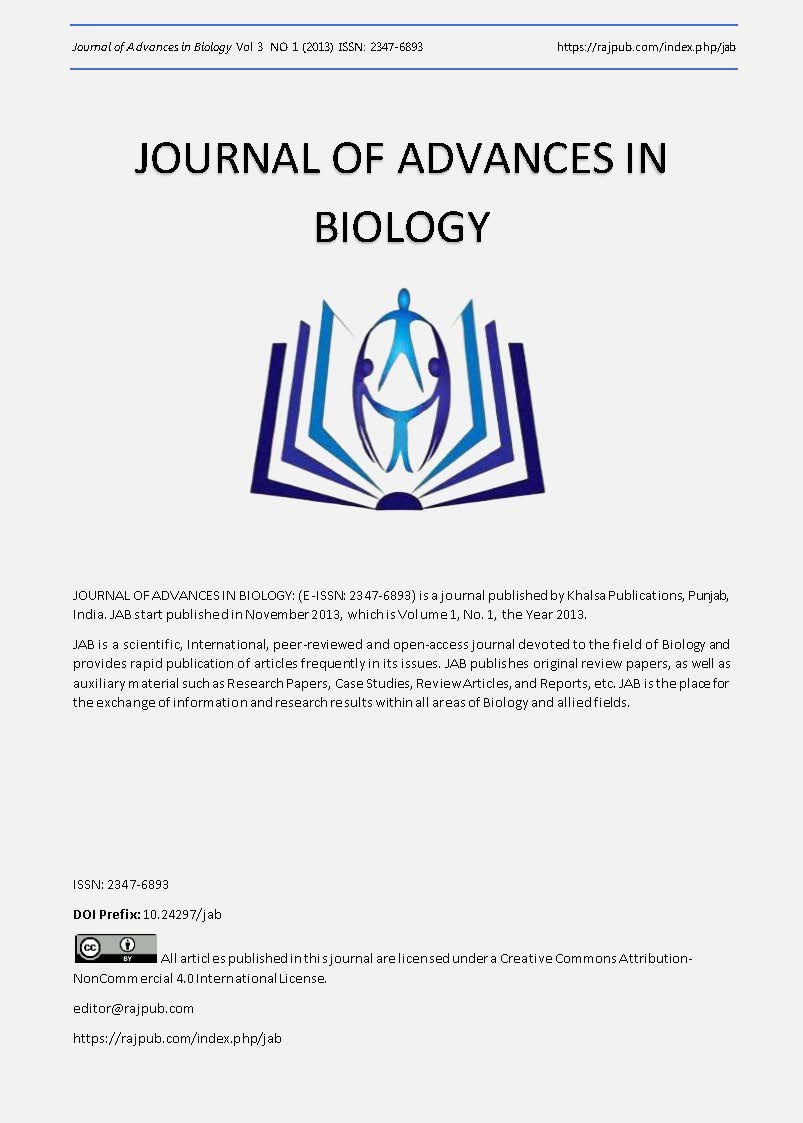Proton-Mr-Spectroscopy of the Breast: is it A Reliable Imaging Modality for Characterizing the Bi-Rads 3 And 4 Lesions Before the Biopsy?
DOI:
https://doi.org/10.24297/jab.v3i1.8441Keywords:
MR Spectroscopy, Breast, Contrast Agents, BiopsyAbstract
Aim; Our aim is to evaluate the diagnostic performance of pre and post contrast proton MR spectroscopy (H-MRS) in patients with breast imaging-reporting data system (BI-RADS) 3 and 4 lesions. Materials and Methods; After institutional review board approval and informed consent taken from all the patients; breast MR imaging and unenhanced-enhanced spectroscopy was performed in 55 patients with BI-RADS 3 and 4 lesions. We had 4 DCIS, 5 malignant tumours, 1 borderline phylloides tumour, 3 mastititis and 42 benign masses in both groups. Diagnostic interpretation was based on the BI-RADS category depending upon the Ultrasonographic-Mammographic and MRI findings. Statistical analysis of BI-RADS 3 and 4 masses were performed by Fischer’s exact test and Pearson chi square test. Results; For the evaluation of BI-RADS 3 mass lesions, pre and post-contrast spectroscopy had about 100% sensitivity and specificity. According to the BI-RADS 4 lesions; H-MRS before and after contrast admistration, presented 81-73 % sensitivity with 100 % specificity for both acquisitons. Pre and post-contrast H-MRS, had 91-85% sensitivity and 56-44% specificity for all BIRADS-3 and 4 lesions of 55 patients. Pre-contrast MR-Spectroscopy had significant statistical differences with regard to histopathology for all BI-RADS 3 and 4 lesions (p<0.05), however post-contrast spectroscopy did not have any statistical differences from the biopsy (p>0.05). Conclusion; H-MRS, especially the one performed before the contrast application, was useful for characterizing the BI-RADS 3 and 4 breast lesions, further improve the sensitivity and specificity of breast MR imaging and influence patient treatment options.
Downloads
Downloads
Published
How to Cite
Issue
Section
License
 All articles published in Journal of Advances in Linguistics are licensed under a Creative Commons Attribution 4.0 International License.
All articles published in Journal of Advances in Linguistics are licensed under a Creative Commons Attribution 4.0 International License.




